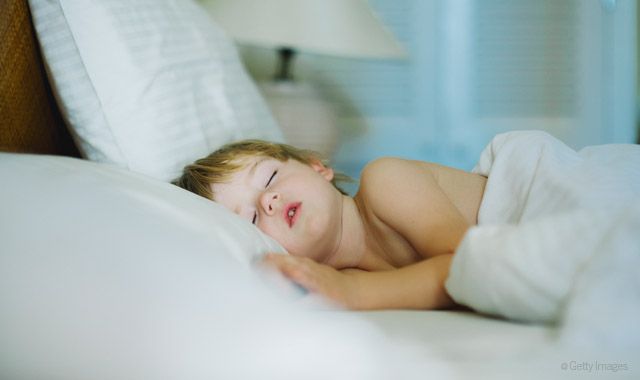Study finds home care of children crucial after oral sedation
A new study could help dentists give caretakers better instructions for caring for children after dental anesthesia.

Sedation often helps children who need dental treatment by keeping them safe and calm during the procedure. Oral sedatives are commonly used, but their effects can be unpredictable and caretakers need to be informed about what to expect.
The level of consciousness while the patient is sedated can vary depending on the drug and the patient, so the dental practitioner must be aware of each patient’s sedation level at all times. The effects can also vary once the patient is discharged, so the caregiver must watch the child closely.
Related reading: Is dental anesthesia destroying children's teeth?
A study reported in the current issue of the journal Anesthesia Progress investigated the adverse effects of oral sedation that occurred once young patients left the dental office. The authors used the observations of dental practitioners and the children’s caregivers to find the most common lingering effects of oral sedatives and the best ways to care for patients who had been sedated.
For this study, 51 children who needed dental treatment were given some form of oral sedation. More than 75 percent of the study’s subjects were given a drug combination that included morphine. The dentist completing the treatment then rated the visit. Finally, caregivers reported how the children felt and acted once they were home.
Trending research: Study finds children of stressed mothers are more likely to develop cavities
The authors analyze the experiences of 46 patients, 23 girls and 23 boys. Most of the children were Hispanic or Latino, and all were older than 2 years but no more than 10 years of age. No serious medical problems occurred. The caregivers reported that most of the patients slept in the car after the treatment and at home, where most napped longer than usual.
Continue to page two for more...
It was hard to wake up some of the children, and some were nauseated. A few vomited or ran a fever. Although some of the children returned to normal behavior within 2 hours, the largest group took between 2 and 6 hours to recover. Some caregivers reported significant recovery time: a small percentage of patients didn’t feel normal until the morning after the dental visit. A few children reportedly experienced dizziness, mood changes, or hallucinations.
Trending research: Does having more children equal fewer teeth for mothers?
In most cases, the dentist rated the visits as fair to excellent, indicating that morphine, one of the primary drugs used in the study with other sedatives, may be a promising medication for pediatric dental sedation. But given the frequent complications reported and the amount of time it took some children to recover, dentists should emphasize the need to properly care for and monitor young patients at home after dental surgery.
The authors believe that their findings will allow dental practitioners to give caregivers a better idea about what to expect at home, thus improving patient safety. “The findings of this study strongly support the importance of proper post-operative instructions to the patient’s caregiver, including possible complications and the necessity of careful vigilance of the child until recovery is complete,” said first author Annie Huang, DDS.
Full text of the article “Oral Sedation Postdischarge Adverse Events in Pediatric Dental Patients,” Anesthesia Progress, Vol. 62, No. 3, 2015, is now available at http://www.anesthesiaprogress.org/doi/full/10.2344/0003-3006-62.3.91.
This release was taken from materials provided by Anesthesia Progress. It has been edited for content and length.